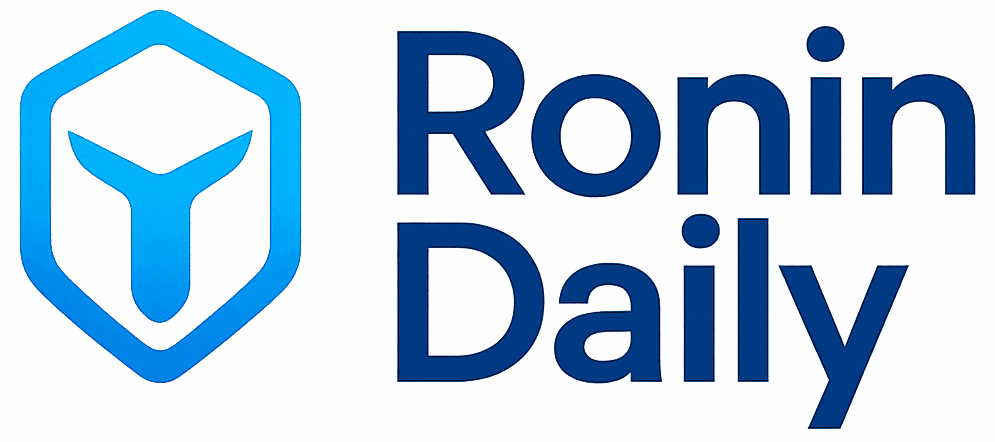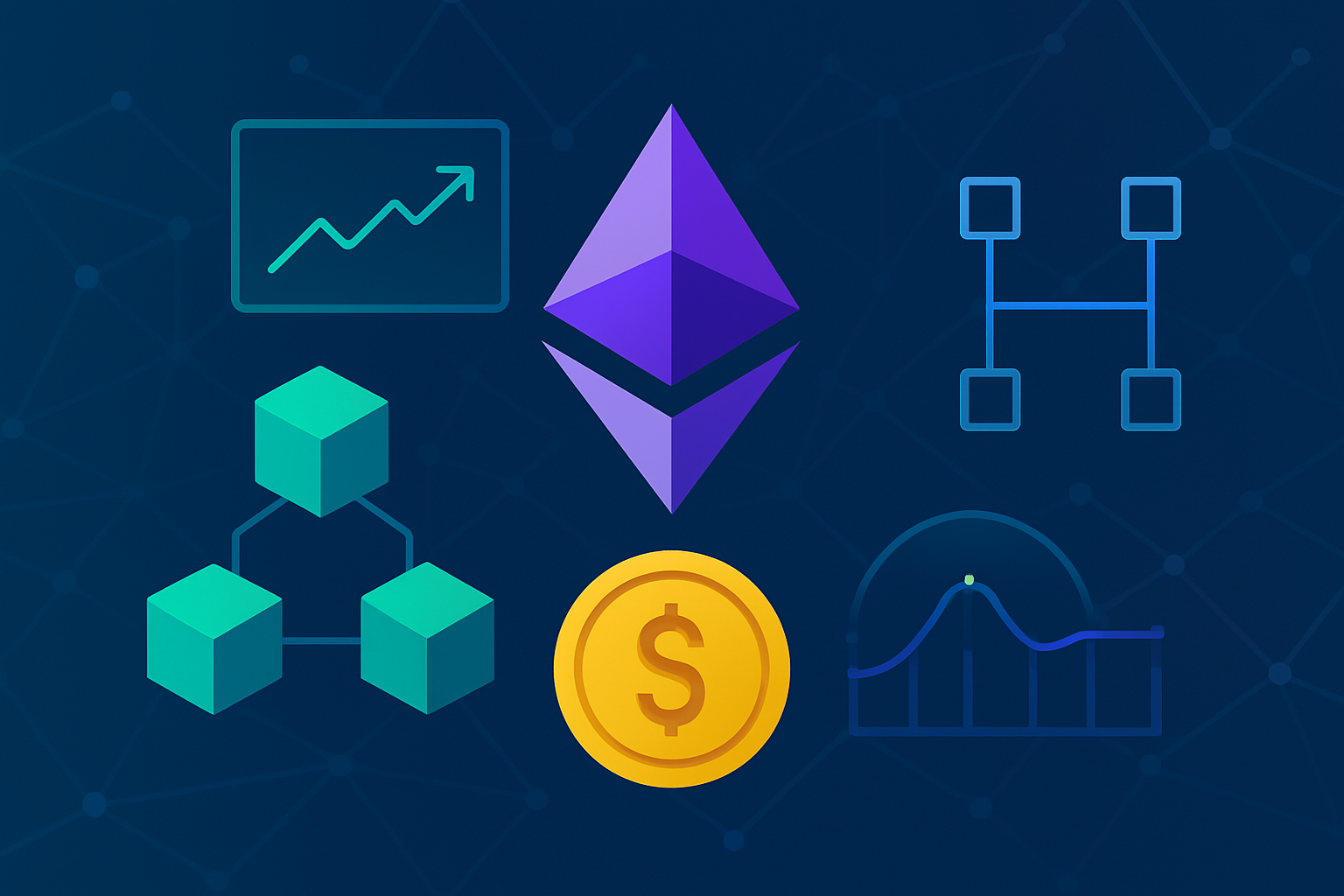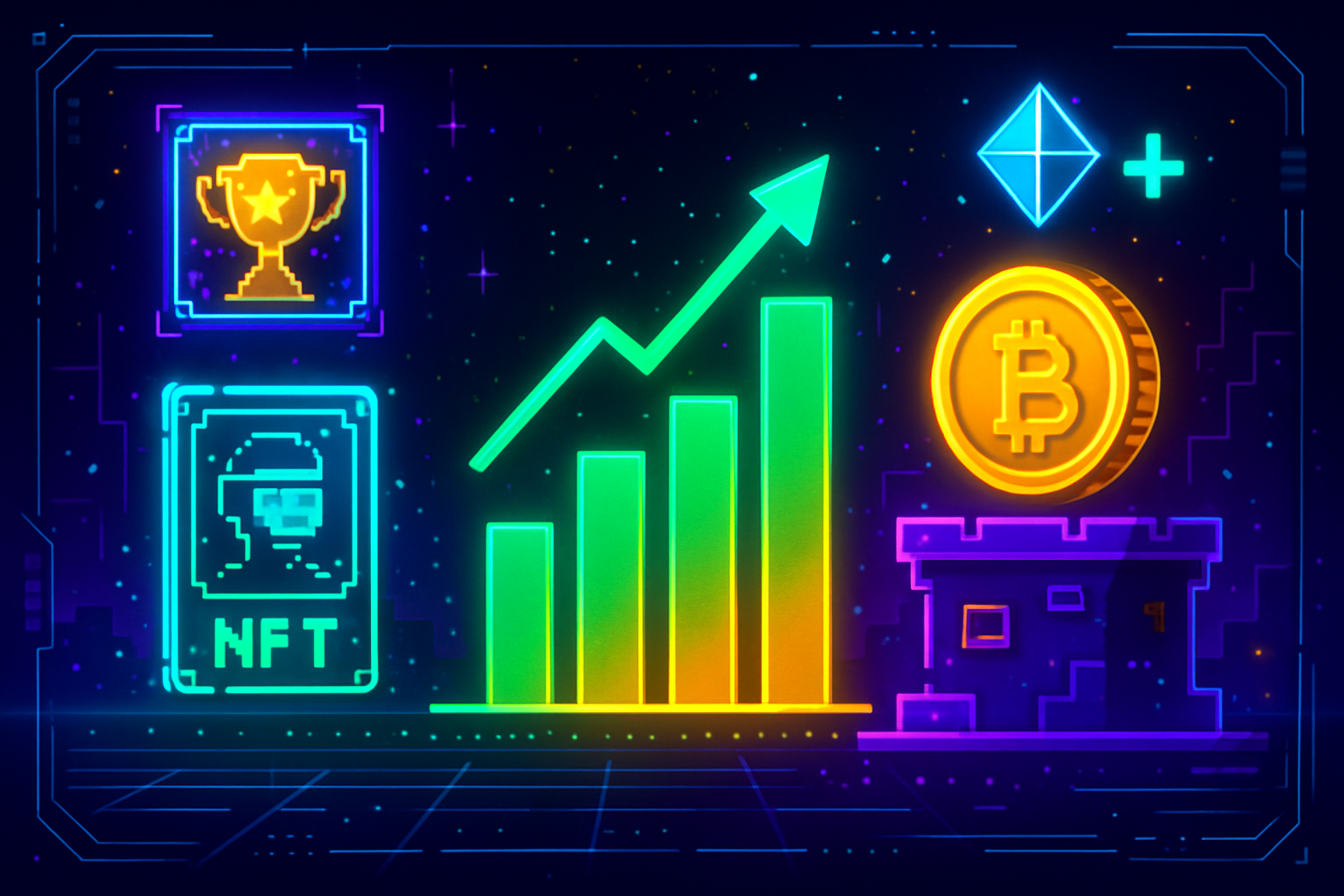
Ronin Network’s integration of Optimism’s OP Stack marks a watershed moment for blockchain gaming infrastructure. Originally launched as a custom sidechain to power Axie Infinity, Ronin is now embracing the Ethereum Layer 2 (L2) paradigm, leveraging the OP Stack to unlock new frontiers in scalability, security, and developer incentives. This transformation is poised to not only elevate Ronin’s technical capabilities but also reshape the competitive landscape of onchain gaming.

From Sidechain Roots to Superchain Ambitions
Since its inception, Ronin has been synonymous with high-throughput gaming transactions. However, as the network matured and user demand surged, the limitations of operating as an isolated sidechain became increasingly apparent. Security vulnerabilities – most notably the 2022 hack – underscored the need for deeper integration with Ethereum’s battle-tested infrastructure.
The decision to migrate to an Ethereum L2 via Optimism’s OP Stack is both strategic and timely. The OP Stack provides a modular, open-source framework for building scalable rollups on Ethereum. By adopting this technology, Ronin positions itself within a broader “Superchain” ecosystem alongside industry leaders like Coinbase’s Base and Uniswap.
This move not only enhances interoperability but also grants Ronin access to shared security and liquidity pools across the Superchain network. For developers and users alike, it signals a new era of composability and cross-platform synergy in Web3 gaming.
Unprecedented Transaction Speeds for Blockchain Gaming
One of the most compelling outcomes of the Ronin Network OP Stack integration is its dramatic impact on transaction speed and scalability. According to official sources, block times are expected to drop to between 100 and 200 milliseconds – a quantum leap over typical Layer 1 performance. This upgrade enables throughput approaching one million transactions per second (TPS), rivaling or surpassing even traditional Web2 gaming backends.
The implications for game developers are profound. Near-instant settlement removes friction from gameplay loops involving asset transfers, NFT minting, or in-game economies. Players can expect seamless experiences that match or exceed those found in mainstream online games, all while retaining full ownership of their digital assets on-chain.
This performance boost is particularly critical as blockchain games grow more complex and user bases swell into the millions. By addressing latency at its root, Ronin ensures it remains a viable platform not just for Axie Infinity but for a new wave of ambitious game studios seeking reliable L2 scalability.
Security Reinvented: Inheriting Ethereum’s Strength
The transition from standalone sidechain to Ethereum L2 fundamentally upgrades Ronin’s security posture. By anchoring itself within Ethereum’s robust consensus framework through Optimism’s rollup technology, Ronin can inherit Layer 1 security guarantees without compromising on speed or cost-efficiency.
This shift directly addresses past vulnerabilities that plagued bespoke sidechains – including Ronin’s own widely reported breach in 2022. With fraud proofs and decentralized validators underpinning every transaction, users gain confidence that their assets are protected by one of the most secure networks in crypto.
For more detailed analysis on how this impacts real-world gameplay and developer trust, see our related coverage at How Ronin Network’s Transition to Ethereum L2 with OP Stack Changes Web3 Gaming.
Security is only part of the equation. By joining the Superchain, Ronin also taps into a growing ecosystem of interoperable Layer 2s, benefiting from collective upgrades and shared innovations. This network effect not only multiplies developer resources but also accelerates the pace at which new features and security enhancements are deployed across all participating chains.
Developer Incentives and Sustainable Ecosystem Growth
Perhaps the most underappreciated aspect of Ronin’s OP Stack integration is its impact on developer incentives. The migration unlocks access to Optimism’s 850 million $OP Retro Fund as well as milestone-based grants estimated between $5, 7 million. These funds are earmarked for builders who can demonstrate real traction, fueling a virtuous cycle of innovation.
This influx of capital is already attracting both established studios and indie teams eager to leverage Ronin’s high-throughput L2 for next-generation gaming experiences. The result: a rapid expansion of onchain content, deeper liquidity for NFTs and in-game assets, and a more vibrant community. As Ronin evolves from Axie-centric infrastructure to a fully-fledged gamification engine for Ethereum, it sets a new standard for what’s possible in Web3 gaming.
Top Blockchain Games Migrating or Launching on Ronin L2
-
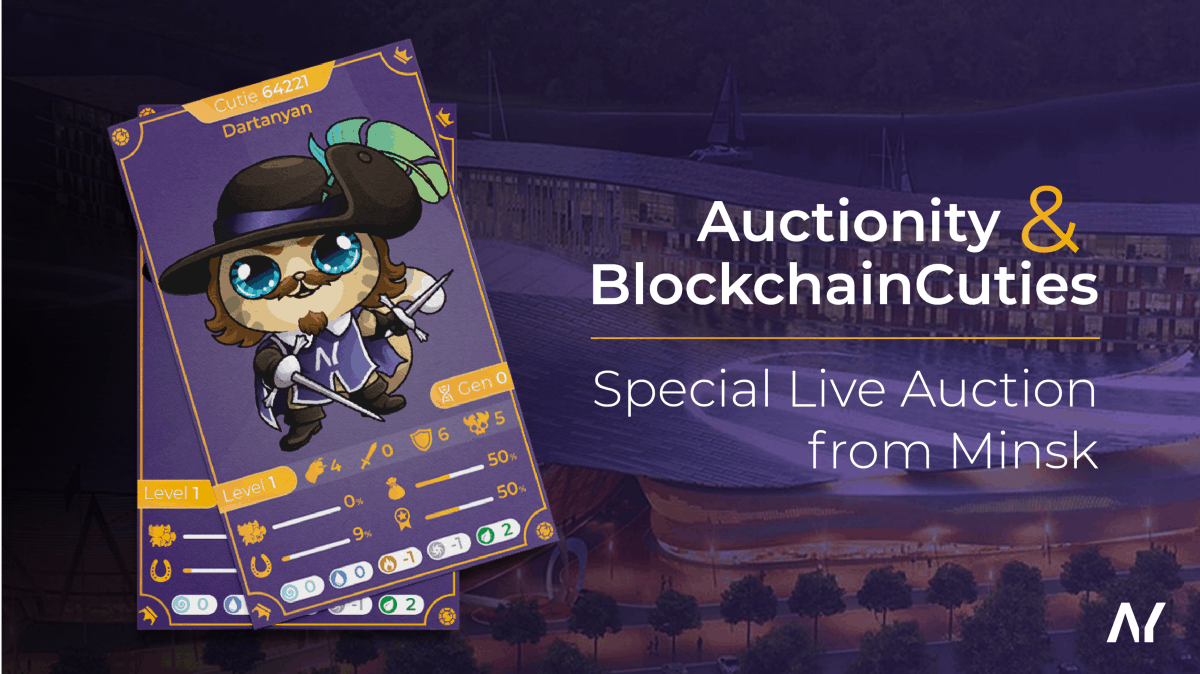
Axie Infinity — The flagship play-to-earn game that propelled Ronin’s growth, Axie Infinity is set to leverage the OP Stack’s scalability for faster, more secure gameplay and lower transaction costs.
-
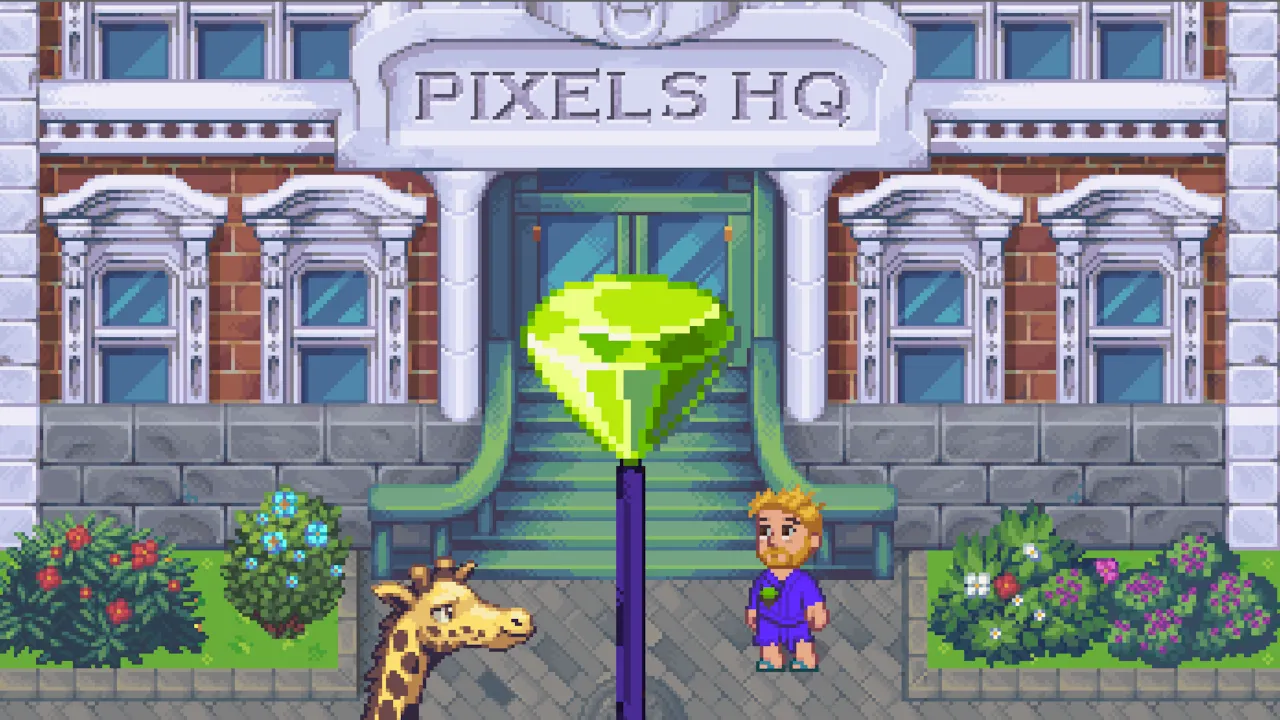
Pixels — This open-world farming and social game migrated to Ronin in late 2023, and will benefit from the enhanced throughput and improved user experience enabled by the OP Stack.
-
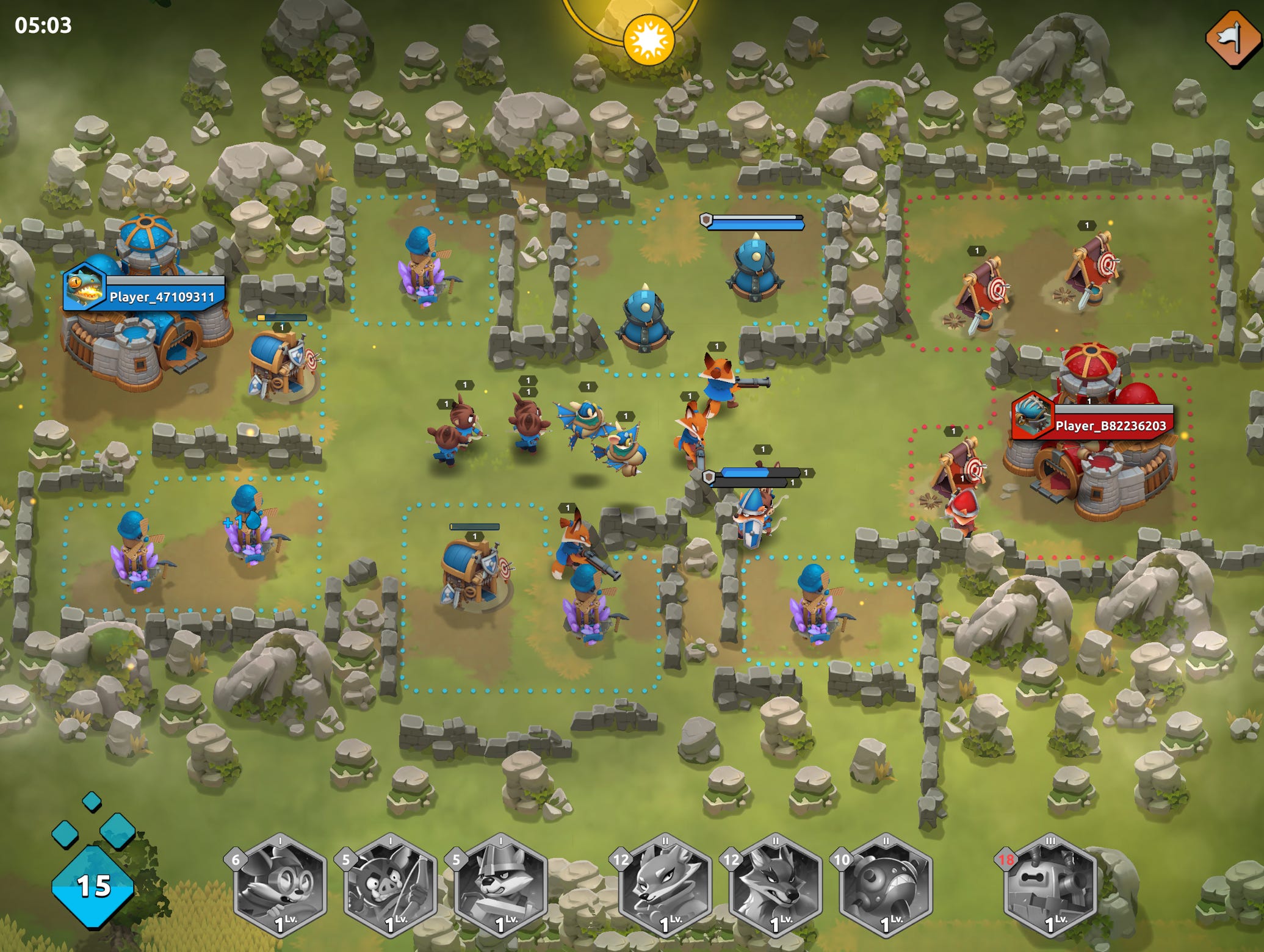
Wild Forest — A real-time strategy game, Wild Forest recently launched on Ronin and stands to gain from the network’s transition to Ethereum L2, ensuring seamless multiplayer battles and asset trading.
-
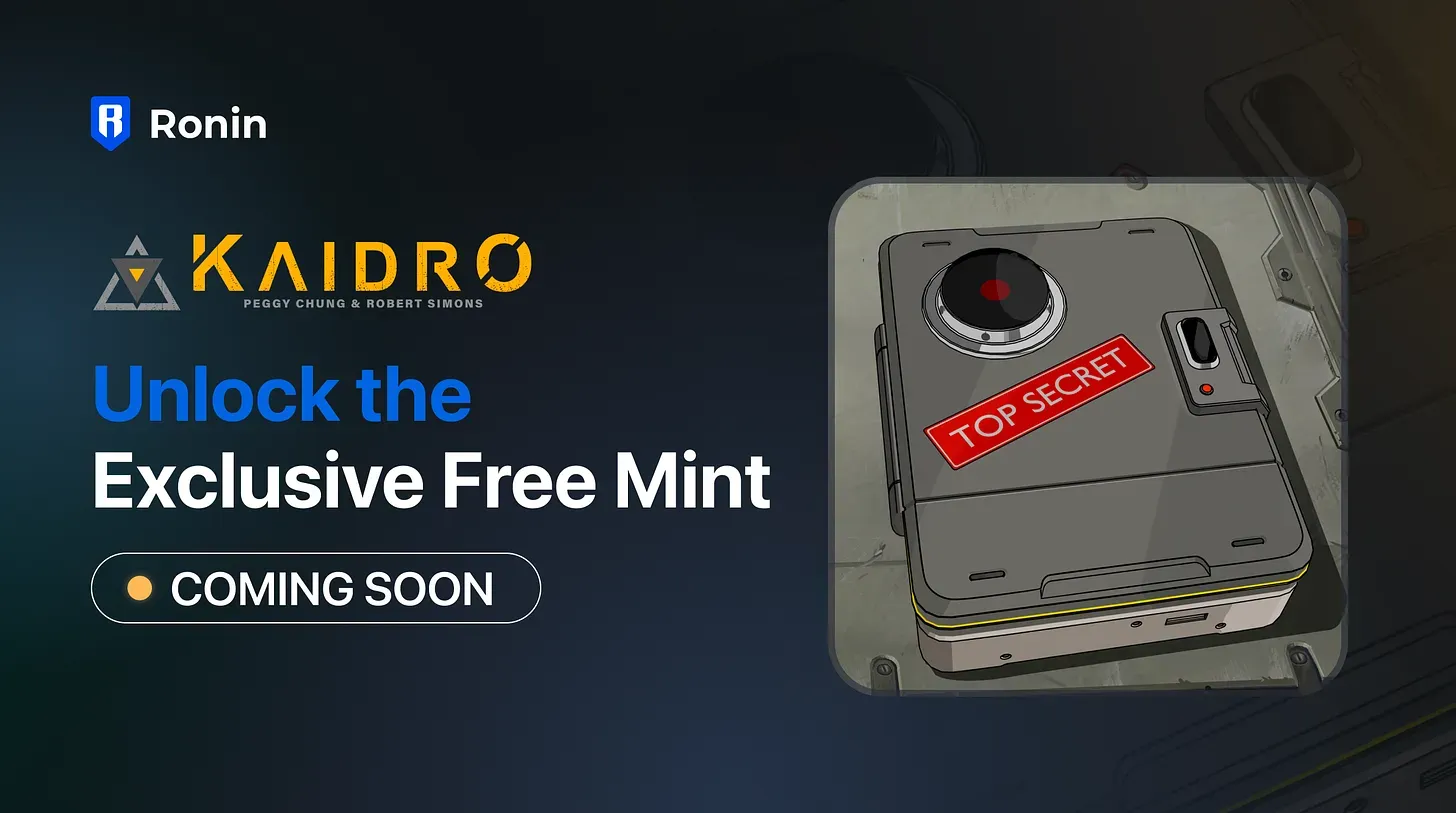
Kaidro — The anime-inspired RPG Kaidro announced its migration to Ronin, aiming to tap into the OP Stack’s high-speed transactions for its NFT-based gameplay and in-game economy.
-

Zoids Wild Arena — Based on the popular Zoids franchise, Zoids Wild Arena is expanding its reach by launching on Ronin L2, taking advantage of the network’s enhanced scalability and security.
The developer experience is further enhanced by the OP Stack’s modular design, allowing teams to customize rollup components without sacrificing security or composability. This flexibility ensures that as gaming trends shift, whether toward complex economies, user-generated content, or cross-chain play, Ronin remains agile and future-proof.
User Experience: Seamless Transition and Future-Ready Infrastructure
For end-users, the transition to Ethereum L2 is engineered to be invisible yet transformative. All existing products continue uninterrupted, with $RON retaining its role as the native gas token post-migration. No wallet migrations or manual upgrades are required, users simply benefit from faster transactions, lower fees, and enhanced security out-of-the-box.
This frictionless upgrade path is crucial for maintaining trust among millions of gamers who may be unfamiliar with blockchain’s technical nuances. It also lowers onboarding barriers for newcomers entering Web3 via gaming, supporting mass adoption at scale.
Completion of the migration is slated for Q1, Q2 2026, after which Ronin will operate within the interconnected Superchain network. This positions it alongside other leading L2s like Coinbase’s Base, unlocking future cross-chain collaborations and liquidity sharing that were previously out of reach.
What Comes Next for Onchain Gaming?
The integration of Ronin Network OP Stack technology signals more than just a technical upgrade, it represents a philosophical shift toward open collaboration in Web3 gaming infrastructure. By aligning with Ethereum standards while preserving its unique focus on gaming scalability, Ronin offers developers and players alike an unprecedented combination of speed, security, and composability.
The next wave will likely see an influx of novel game mechanics made possible by truly low-latency settlement and secure digital ownership. Expect to see more AAA studios experimenting with blockchain-powered economies, and indie creators leveraging milestone grants to pilot ideas that would have been impossible on legacy chains.
To explore additional perspectives on how this transformation impacts both developers and users across Web3 gaming platforms, visit our deep-dive at How Ronin’s Transition to Ethereum L2 with Optimism Stack Will Impact Web3 Gaming Scalability.
